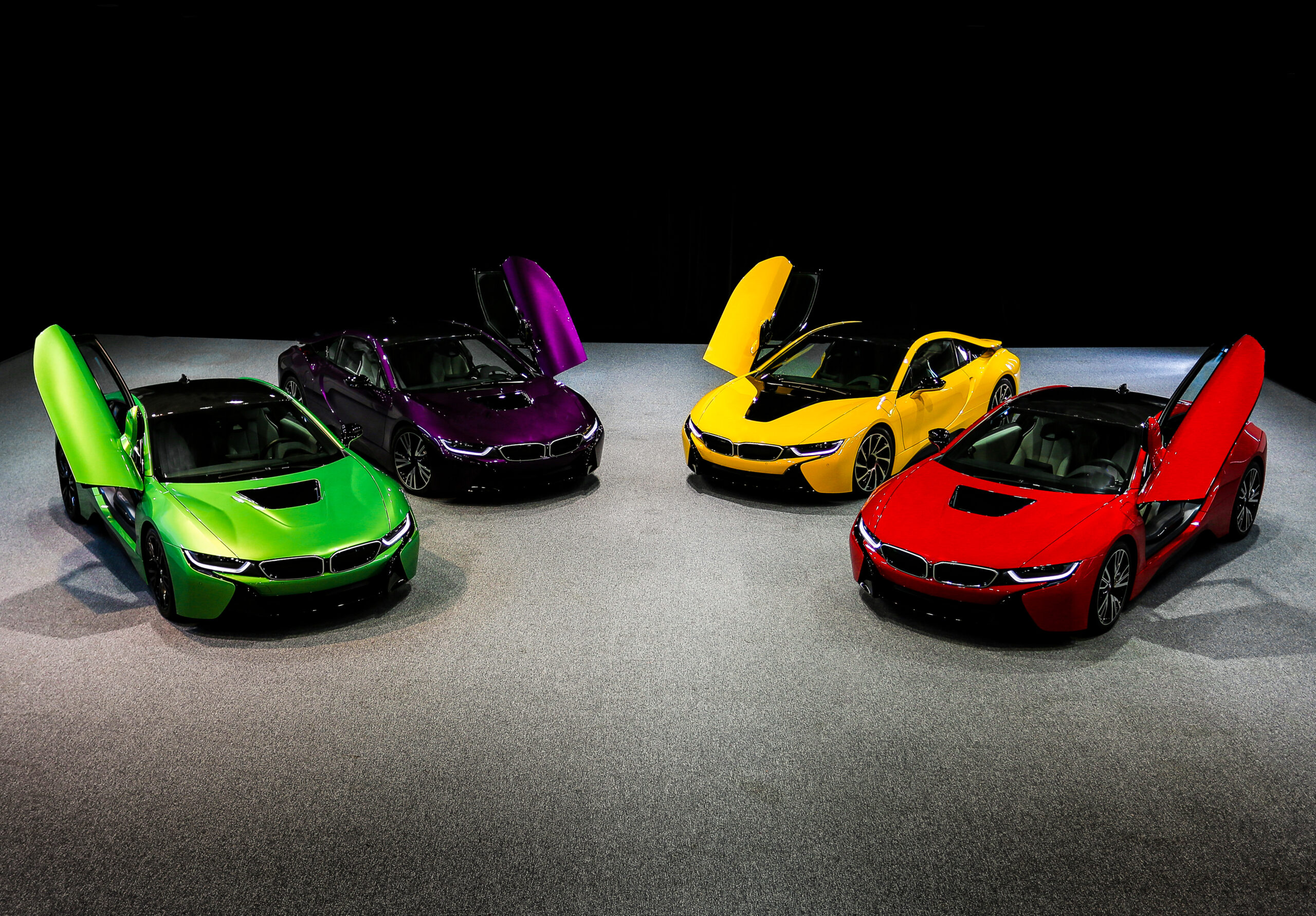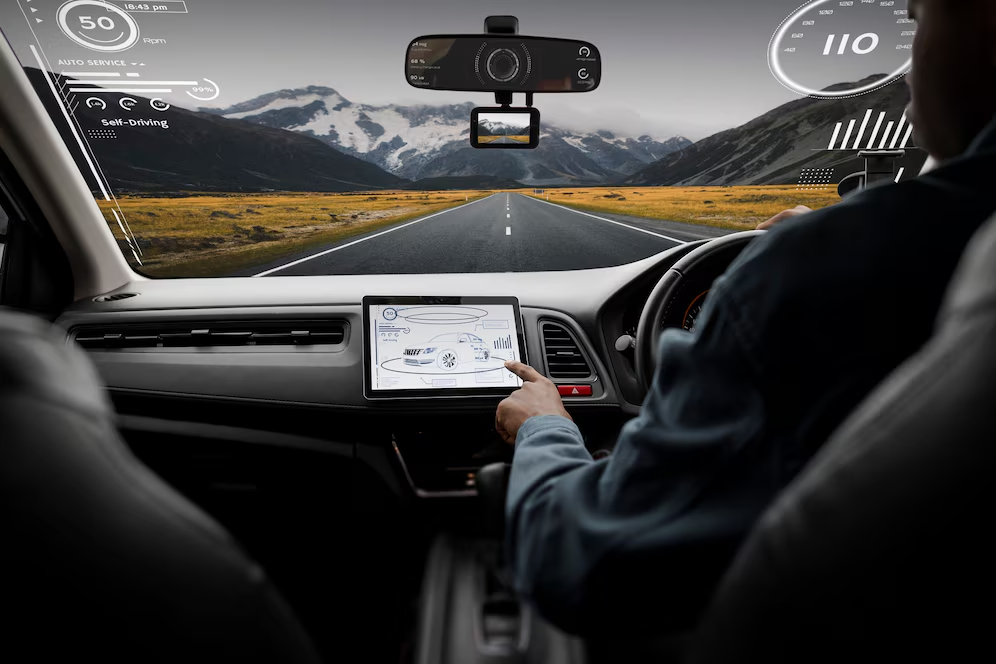European Cars vs American Cars: Which Reigns Supreme in 2025?
For decades, European and American automakers have competed fiercely — from the autobahns of Germany to the highways of the U.S. Both regions bring their unique flavors to design, engineering, and driving experience. But in 2025, as electrification, technology, and global tastes evolve, the debate is hotter than ever: Who does it better — Europe or America?
Let’s break it down across key categories.
- Design & Styling
European Cars:
- Elegant, minimal, precision-focused (think Audi, BMW, Volvo)
- Prioritize clean lines, luxury materials, and craftsmanship
- Timeless appeal, often inspired by motorsport heritage
American Cars:
- Bold, muscular, aggressive (think Dodge, Ford, Cadillac)
- Emphasis on presence, power, and visual impact
- SUVs and trucks with oversized styling dominate the landscape
Winner: Depends on taste. Europe wins for refinement, America for bold personality.
- Performance & Handling
European Cars:
- Engineered for tight handling and high-speed cruising
- Many models tested on the Nürburgring
- Precision-tuned suspensions and balanced weight distribution
American Cars:
- Focused on straight-line speed and raw horsepower
- Muscle cars like the Mustang and Charger still thrive
- Big engines, but often looser handling in corners
Winner: Europe. Consistently delivers better cornering, agility, and driver engagement.
- Technology & Innovation
European Cars:
- Advanced safety systems, driver aids, and smart interfaces
- Leaders in plug-in hybrid and diesel efficiency
- Audi and Mercedes-Benz lead in cabin tech sophistication
American Cars:
- Pioneers of full electrification (Tesla, Rivian, Lucid)
- Larger touchscreens, over-the-air updates, self-driving features
- Strong focus on infotainment and digital ecosystems
Winner: Tie. Europe leads in refinement, America leads in EV innovation.
- Interior Quality & Comfort
European Cars:
- Premium feel, ergonomic design, soft-touch materials
- Less clutter, more focus on driver immersion
- Even mid-range cars feel upscale
American Cars:
- More space, larger center consoles, plush seating
- Some interiors still lag in material quality at lower trims
- Trucks and SUVs offer impressive comfort and room
Winner: Europe, for material quality. America, for space and seating comfort.
- Reliability & Cost of Ownership
European Cars:
- High performance often means higher maintenance costs
- Premium parts and servicing can be expensive
- Some brands (e.g., Volvo, Skoda) have solid reliability
American Cars:
- Easier maintenance, more affordable parts
- Widely available servicing and stronger resale value in domestic market
- Brands like Ford and Chevrolet rank well in long-term dependability
Winner: America, for affordability and ease of ownership.
- Electrification & Sustainability
European Cars:
- Strong push toward hybrids and efficient diesels
- Brands like BMW, Volkswagen, and Mercedes are electrifying fast
- Complying with strict EU emissions laws
American Cars:
- Tesla leads the EV revolution globally
- Emerging leaders: Ford (F-150 Lightning), Chevrolet (Blazer EV), Lucid
- Large vehicles still dominate the market
Winner: America, for pioneering EV adoption. Europe closes the gap with regulation-driven sustainability.
It’s not a clear knockout — both regions bring serious strengths.
- Choose European cars if you value driving precision, luxury refinement, and timeless design.
- Choose American cars if you want power, space, affordability, and cutting-edge electric innovation.
In the end? The best car is the one that fits your lifestyle and passion.


